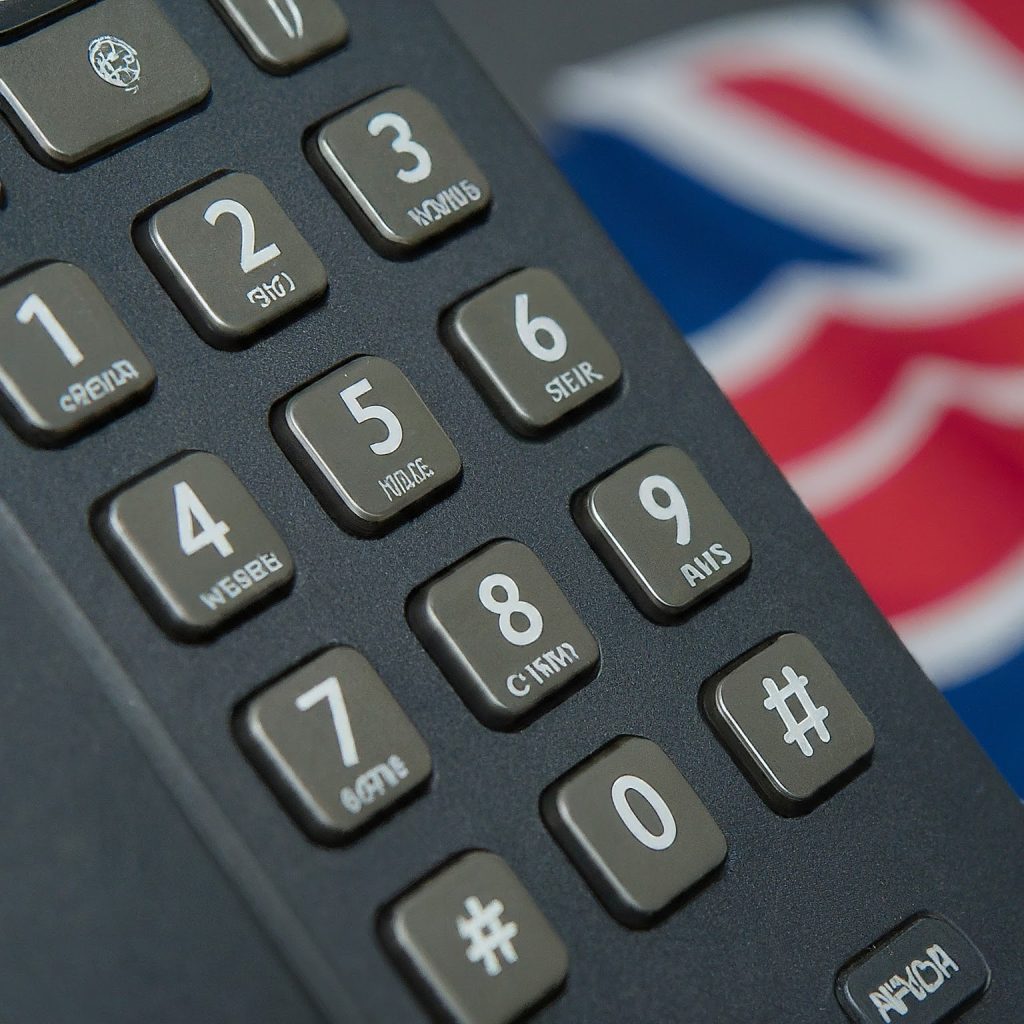In our increasingly interconnected world, communication across borders has become more seamless than ever. However, navigating the intricacies of international dialing can still be a daunting task. This is where country phone codes come into play, acting as essential keys to unlocking global communication channels. This exclusive article delves into the world of country phone codes, exploring their origins, significance, structure, and the role they play in facilitating international calls.

Origins of Country Phone Codes
The concept of country phone codes dates back to the early days of international telephony. As telecommunication networks expanded across borders, the need for a standardized system to identify and route calls to different countries became apparent. In 1964, the International Telecommunication Union (ITU), a specialized agency of the United Nations, established the world’s first international numbering plan, which included the allocation of country phone codes.
Significance of Country Phone Codes
Country phone codes are essential for several reasons:
- International Call Routing: They serve as unique identifiers for each country, enabling telephone networks to correctly route international calls to their intended destinations.
- Global Connectivity: Country phone codes facilitate seamless communication between individuals and businesses across the globe, fostering international trade, cultural exchange, and personal connections.
- Standardization: They provide a standardized system for international dialing, making it easier for people to make calls to different countries regardless of their location or the type of phone they are using.
- Emergency Services: In emergencies, knowing the correct country phone code can be crucial for contacting local authorities and seeking assistance.
Structure of Country Phone Codes
Country phone codes, also known as international dialing codes or country calling codes, are typically one to three digits long. They are prefixed with a plus sign (+) to indicate that they are international codes. For example, the country phone code for the United States is +1, while the code for the United Kingdom is +44.
Some countries have multiple area codes within their borders, reflecting their large geographic size or diverse regions. In such cases, the country phone code is followed by an area code and then the local phone number. For instance, to call a landline in New York City, you would dial +1 (country code), followed by 212 (area code), and then the seven-digit local number.
How to Find and Use Country Phone Codes
There are several ways to find the correct country phone code:
- Online Directories: Numerous online directories and websites list country phone codes, allowing you to easily search for the code you need.
- Mobile Phone Settings: Most modern smartphones have a built-in feature that automatically adds the correct country code when you dial an international number.
- Phone Books: Older phone books often include a section listing country phone codes.
When dialing an international number, you typically follow this format:
- (plus sign) [country code] [area code (if applicable)] [local phone number]
For example, to call a mobile phone in London, you would dial +44 7 followed by the nine-digit mobile number.
The Future of Country Phone Codes
While country phone codes have been a cornerstone of international communication for decades, the rise of internet-based communication platforms like Skype and WhatsApp has led to a decline in traditional international calling. However, country phone codes remain essential for many types of communication, especially for businesses and organizations with a global presence.
In the future, we may see changes in the way country phone codes are used and integrated with emerging technologies. For instance, we could see the development of more sophisticated call routing systems that automatically detect the caller’s location and apply the appropriate country phone code, further simplifying the process of making international calls.
In Conclusion
Country phone codes are an essential part of the global telecommunication infrastructure, enabling seamless communication across borders. They play a crucial role in international call routing, global connectivity, standardization, and emergency services. As technology continues to evolve, the way we use country phone codes may change, but their importance in facilitating international communication is likely to remain steadfast.
لا تعليق